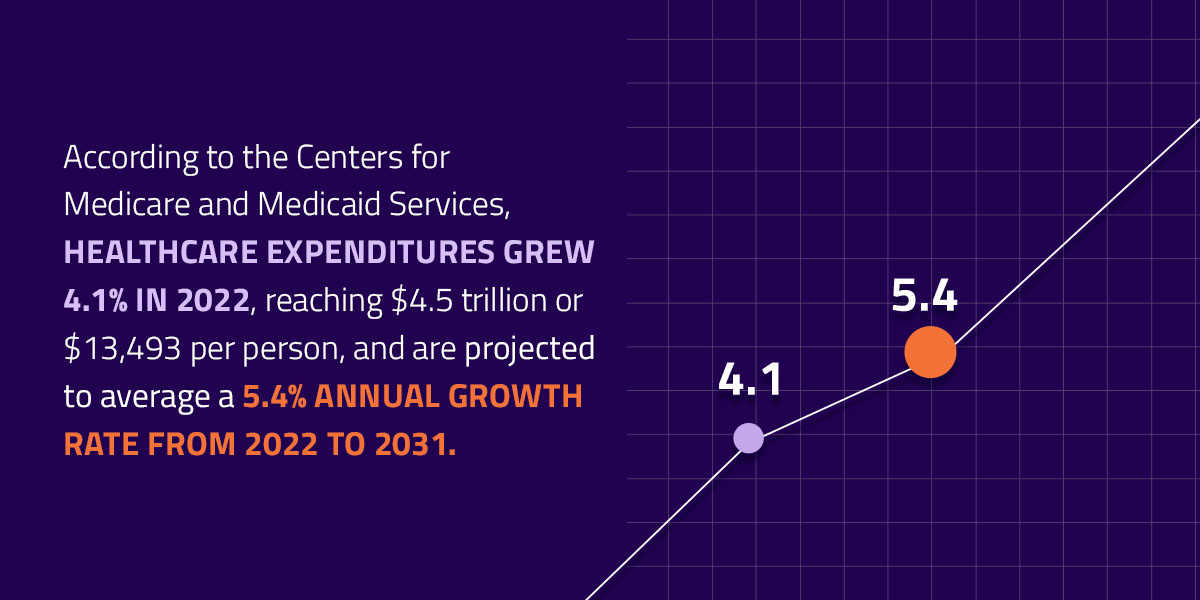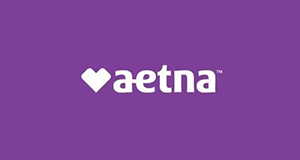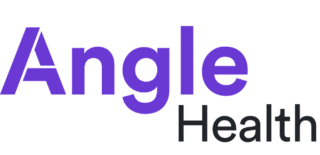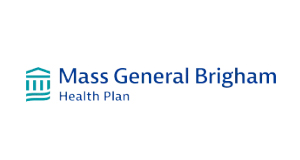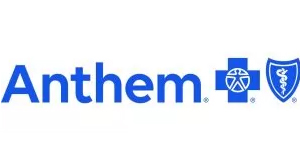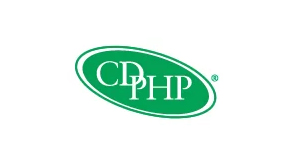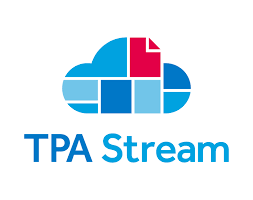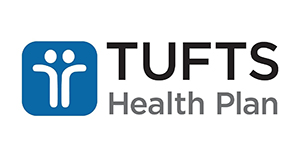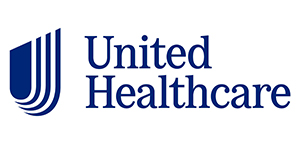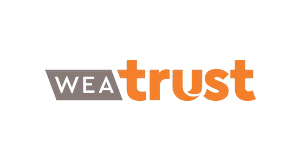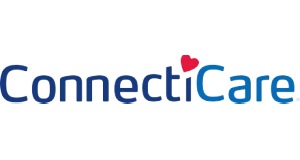
Future Trends in Health Benefits: The Growing Role of MERPs
Table of Contents
Healthcare in the USA is becoming increasingly costly and complex for employers, employees and insurance companies. According to a 2023 report by KFF, the average annual premium for employer-sponsored family health coverage reached $23,968, marking a 7% increase from the previous year. As healthcare expenses continue rising, finding comprehensive cost-containment strategies has become increasingly crucial for insurance companies, employers and employees.
This article explores the growing role of Medical Expense Reimbursement Plans (MERPs) in health benefits, examining their impact on employee health programs and their potential to revolutionize the healthcare landscape.
Understanding MERPs
MERPs are health benefit plans sponsored by employers and designed to help employees cover eligible medical expenses. These plans work in synergy with traditional health insurance programs, complementing and enhancing the overall benefits package. MERPs can be stand-alone programs or integrated into existing health programs, offering a flexible solution to meet diverse employee needs.
MERPs typically cover a wide range of medical expenses, including:
- Doctor's visits and hospital services
- Prescription medications
- Diagnostic tests
- Dental and vision care
- Other healthcare-related costs
This expansive coverage allows employees to manage their healthcare expenses more efficiently.
MERPs work in the following way:
- Employers establish the plan and set guidelines for eligible expenses and reimbursement.
- Employers set aside a predetermined amount of funds for each employee.
- Employees who incur medical expenses submit a reimbursement claim with supporting documentation.
- The plan administrator reviews and approves eligible claims.
- Employees are refunded for approved expenses.
The employer typically determines eligibility for MERPs, which may include factors such as full-time employment status, length of service, job classification or other criteria. This flexibility allows companies to tailor their MERPs to best suit their workforce's needs.
The Current Healthcare Landscape
The healthcare industry in the United States is undergoing significant transformations driven by a complex interplay of economic, technological and social factors. The evolving landscape presents challenges and opportunities for employers and insurance providers. Understanding these dynamics is crucial for appreciating the growing role of MERPs in addressing the needs of today's employers and employees.
Rising Healthcare Costs
The healthcare industry has seen a consistent upward cost trend over the past decade. According to the Centers for Medicare and Medicaid Services, healthcare expenditures grew 4.1% in 2022, reaching $4.5 trillion or $13,493 per person, and are projected to average a 5.4% annual growth rate from 2022 to 2031.
Escalation in employee health benefits costs has a prominent impact on businesses and individuals. It increases the financial burden on employers and leads to higher employee deductibles. In some cases, it may result in a reduction in coverage or benefits.
Given this trend, implementing cost-containment strategies is more critical than ever for employers looking to manage healthcare costs while maintaining quality coverage for their workforce.
Changing Employee Expectations
Today's workforce has evolving expectations regarding health benefits due to the increased cost and complexity of medical care in the United States. There's a growing demand for comprehensive health benefits packages that go beyond traditional offerings.
Employees are increasingly seeking personalized healthcare options catering to their needs and preferences. Additionally, there's a heightened emphasis globally on preventive care and wellness programs as part of health benefits.
Employers must adapt to these changing expectations to attract and retain top talent in a competitive job market.
Advantages of Implementing MERPs
MERPs are the ideal solution to the current healthcare issues, allowing for consumer-driven healthcare and cost savings for all parties involved. Some advantages of implementing MERPs include:
Cost Control for Employers
MERPs are an effective cost containment strategy, allowing for a reduction in overall healthcare spending and more predictable budgeting for health benefits. By implementing a MERP, employers can better manage their health benefits costs while providing comprehensive coverage. Establishing contribution limits and picking eligible expenses gives employers more control over healthcare expenditures.
Additionally, employers may benefit from potential tax advantages associated with implementing a MERP. MERP contributions are often tax-deductible for employers, which may result in some tax savings.
Enhanced Employee Satisfaction
From the employee perspective, MERPs contribute to increased satisfaction by offering customizable employee health programs to meet diverse needs. This flexibility can lead to improved health outcomes through better access to care. Employees appreciate the ability to receive reimbursement for out-of-pocket medical expenses, which can reduce their financial stress related to healthcare costs.
Offering a MERP as part of a comprehensive benefits package can significantly enhance employee retention and attraction. In a competitive job market, a robust employee health program with a MERP can be a pivotal differentiator for employers looking to attract and retain top talent.
Flexibility and Customization
One of the critical strengths of MERPs is their flexibility and customization potential. Employers can design plans that complement existing employee health programs, adjust coverage based on employee demographics and preferences, and offer different reimbursement levels for various medical expenses.
Adaptability ensures that the MERP can evolve with the changing needs of the company and its employees. For instance, an employer could design a MERP that provides additional coverage for specific health services that are important to their workforce, such as mental health services or alternative therapies.
Promotion of Preventive Care
MERPs can be structured to encourage preventive care, leading to long-term health benefits for employees and cost savings for employers. By covering preventive services with low or no deductibles, MERPs can motivate employees to engage in regular checkups, screenings and wellness programs. A proactive approach to healthcare can help detect and address health issues early, possibly reducing the need for more expensive treatments in the future.
Challenges and Considerations
While MERPs offer numerous benefits, there are some challenges to consider:
- Administrative complexity:Implementing and managing a MERP requires setting up the plan structure and guidelines, processing reimbursement claims, and ensuring compliance with regulations. A thorough administrative system ensures proper tracking, reimbursement and compliance.
- Regulatory compliance: MERPs must comply with Internal Revenue Service (IRS) regulations and the Employee Retirement Income Security Act (ERISA) requirements, which may necessitate regular updates to plan documents.
- Employee education: Ensuring employees understand how to use the MERP effectively can be challenging and requires ongoing communication and education efforts.
- Potential for over-utilization: Without proper plan design, there's a risk that employees might overuse medical services, leading to increased costs.
- Integration with other benefits: Coordinating the MERP with existing health insurance plans and other benefits can be complex.
To address these challenges, many companies partner with experienced third-party administrators, use technology solutions for claims processing and record-keeping, and provide clear communication and education to employees. Staying abreast of changing healthcare laws and regulations is crucial for maintaining a complaint and effective MERP.
The Difference Card MERP
The Difference Card specializes in administering MERPs, offering a unique solution to combat rising healthcare costs. Our MERP allows employers to switch carriers and adjust plan designs without losing MERP benefits. We also provide comprehensive daily, weekly and monthly utilization data, offering valuable insights into plan performance. One of our standout features is our guaranteed savings option, which includes a reinsurance policy to ensure cost reductions. Our auto substantiation feature integrates with debit cards at the copay level, simplifying the reimbursement process.
Each client receives a dedicated account management team, providing personalized support throughout their MERP journey. Our comprehensive compliance package includes all necessary documentation and non-discrimination testing. Employers can confidently set employee and employer contributions and insurance rates with our actuarial team's premium equivalent rates.
With The Difference Card MERP, employers can offer multiple customized plans to employees while achieving significant savings.
Boost Your Employee Health Benefits With The Difference Card
As healthcare costs continue to rise and employee expectations evolve, MERPs are increasingly vital in health benefits management. They offer a powerful tool for cost containment and employee satisfaction, balancing financial considerations with comprehensive coverage. At The Difference Card, we're at the forefront of this trend, providing innovative solutions to help you navigate the complex healthcare landscape.
Employers can create a more sustainable and satisfying employee health benefits program by leveraging The Difference Card's MERP. Become a partner and start your journey toward more effective and efficient health benefits management.

